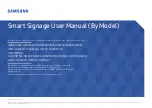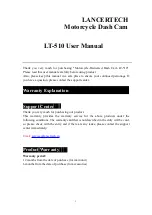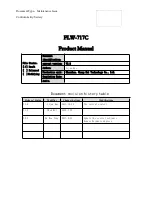
•l Shutter Cocking Shutter Release Button
l
Removing the Lens
l
Disengaging the release lock of the
shutter release button
R e m o v e t h e l e n s w h i l e t h e m i r r o r a n d
the shutter are cocked.
Turn the bayonet ring (11) counterclock-
wise, aligning its red dot with the lens
mounting mark (10) on the body, and remove
the lens.
If the mirror and the shutter are not
cocked in this instance, the lens cannot be
removed, because turning the bayonet ring
will be intercepted by action of the safety
interlock mechanism.
P r e s s d o w n t h e shutter cocking lever
(1). The shutter in the mounted lens and the
mirror in the camera body are cocked simul-
taneously. The lever will return to its ori-
ginal position by self-action.
When shutter cocking is not completed,
the shutter cocking lever will not return to
its original position.
Once the shutter is cocked, the cocking
lever will not move until the shutter is re-
leased by pushing the shutter release button.
Therefore, when the cocking lever will not
move. you know the shutter is cocked.
B
T h i s s a f e t y m e c h a n i s m i s d e s i g n e d t o
prevent accidental release of the shutter
while carrying the camera in its case.
When the shutter release lock ring (6) is
turned and the index mark is aligned with
the white dot (A) on the body, the shutter
release button (7) can be pressed.
When the index mark is aligned with the
orange dot (B), the shutter release button
cannot be pressed.
l
Releasing the shutter
W h e n t h e s h u t t e r r e l e a s e b u t t o n i s
pressed, the mirror is pushed up and the
shutter is released.
If the mirror is not cocked, the shutter
release button cannot be depressed.
The socket inside the shutter release
button is threaded so that a cable release
or a self-timer can be easily attached.
13















































